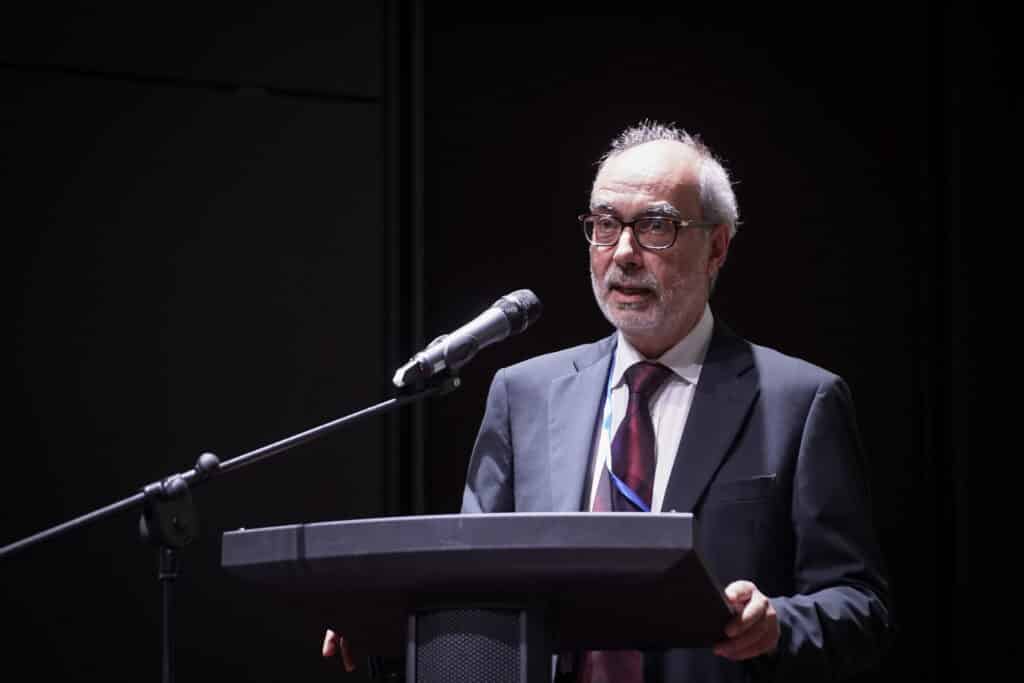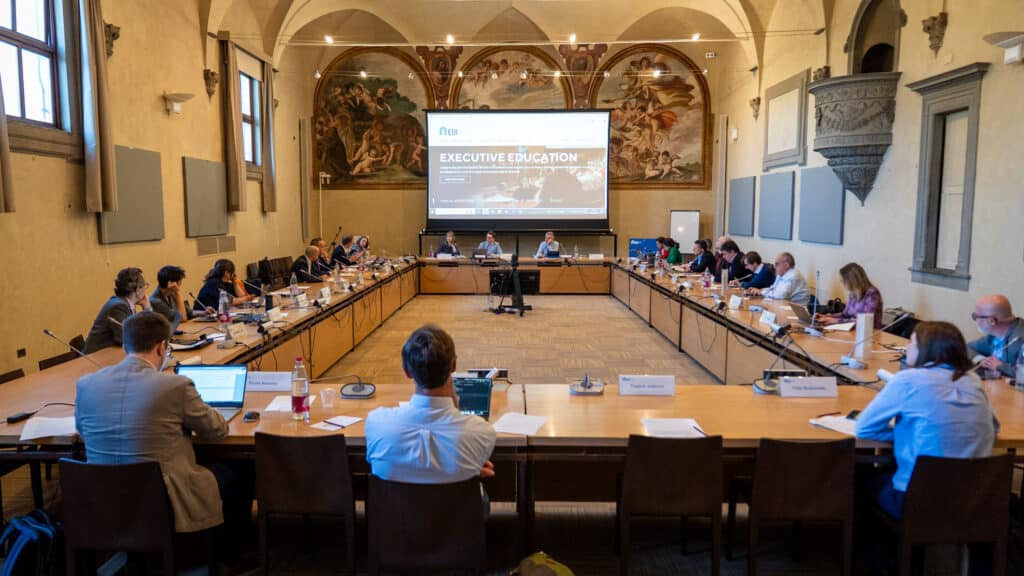Three questions the Global Methane Tracker raises about the future of climate action
On Wednesday, 23 February, the International Energy Agency (IEA) published its 2022 ‘Global Methane Tracker’ report. Arguably the most important conclusion from the report is that energy-related methane emissions measured on the ground are 70% higher than official government reports. Since our ability to mitigate emissions depends on our ability to detect and quantify them, the IEA’s findings pose further questions about the role of methane reduction in a broader climate action framework. Clearly, methane emissions are a growing rather than diminishing problem, with a 5% increase in emissions last year relative to 2020.
Reconciling short-term and long-term aims
Until recently, global efforts to address climate change mainly focused on reducing carbon dioxide (CO2) and rightly so, as CO2 is the most abundant and longest lasting greenhouse gas (GHG). However, as near-term warming becomes a higher priority in the context of 2030 and 2050 climate targets, attention has broadened to include more potent and shorter-lived GHGs, chief amongst which is methane, the second most problematic GHG after CO2. The latest research illustrates that it will be impossible to meet our 2050 climate targets without meaningful action to combat methane emissions.
Recent attention on methane emissions has sparked a renewed focus on the Global Warming Potential (GWP) of different GHGs, a metric used to benchmark the per molecule contribution of GHGs to atmospheric temperature change relative to CO2. According to the most recent Intergovernmental Panel on Climate Change (IPCC) report, the GWP of methane is 29.8 times stronger than CO2 over a 100-year timeframe, and 82.5 times stronger over a 20-year period. Since the publication of the first IPCC report, these values have been adjusted upwards several times.
In a recently published study, Stanford University scientists suggest that using a 100-year GWP reference point is incompatible with the temperature objectives set under the Paris Agreement. They conclude that if the global community wishes to limit global warming to below 1.5 degrees Celsius, then each ton of methane should account for 75 tons of CO₂ — substantially higher than the 100-year GWP values currently used.
The quality of public GHGs monitoring
The discussion on GWP links well to the second question – how to tackle the underreporting of methane emissions in national inventories? Unfortunately, the problem with underreporting relates not only to energy-related emissions, but also to other sources of methane, especially agriculture.
The current measurement, reporting, and verification of GHGs introduced by the climate convention (UN Framework Convention on Climate Change, UNFCCC) and the Kyoto Protocol sets out different reporting obligations (e.g. concerning reporting frequency) for Annex I non-Annex I countries. But art. 13 of the Paris Agreement along with the Katowice Rulebook establishes an Enhanced Transparency Framework for GHG reporting and review with a common set of guidelines and processes for countries, with some degree of flexibility for developing countries.
The critical change is that all parties must submit Biennial Transparency Reports (BTRs), including their GHG Inventories. Developed countries will need to comply with obligations under the UNFCCC and report their GHG inventories every year. It is expected that improved reporting and enhanced transparency will spur higher ambition and climate action. It will make it easier to verify the progress towards meeting the climate objectives communicated via Nationally Determined Contributions.
Unfortunately, the Katowice Rulebook mandates using the 100-year time-horizon GWP values specified in the IPCC Fifth Assessment Report, arguably underrepresenting the impact of methane emissions. Moving forward, both the 20-year and 100-year GWP values should become standard in GHG inventories.
Source: UNFCCC, 2020. Reference Manual for the Enhanced Transparency Framework under the Paris Agreement. Understanding the enhanced transparency framework and its linkages to nationally determined contribution accounting. BTR = Biennial Transparency Report, NDC = Nationally Determined Contribution, FMCP = Facilitative, multilateral consideration of progress.
Market or government failure?
Unlike CO2 which has little commercial value, methane is the primary component of natural gas and therefore has meaningful resale value, particularly under current prevailing market conditions. For this reason, there is a commercial incentive for companies to avoid methane escaping. The IEA Global Methane Tracker estimates that roughly 40% of emissions in the energy sector could be avoided at no-net cost (assuming average natural gas prices over the past five years). Nevertheless, despite a convincing case for methane emission reduction, we have not observed companies rushing to plug leaking methane. The limited success of voluntary initiatives demonstrates that methane reductions will not be achieved without targeted policies and regulations. The Global Methane Tracker provides excellent support for policymakers by gathering and presenting the critical lessons learned from several jurisdictions regulating methane emissions.
But in many cases, the implementation of regulations, including monitoring and enforcement activities, has proven very challenging in practice. The IEA is correct in emphasising the role of satellite monitoring as an information gathering tool, but to what extent this technology will help monitor the compliance of individual operators remains to be seen.
Following the Global Methane Pledge launch in late 2021, international pressure is on the rise for the most polluting countries, namely China, India, US, Russia, and Brazil. In the case of China, India, and Russia – the pressure follows from an unwillingness to agree to any commitments. In the case of the US and Brazil, they must now demonstrate emissions reductions stemming from their commitment to the Global Methane Pledge. The IEA advocate for a sophisticated system, building on engagement from the companies, governments, and international organisations such as the International Methane Emissions Observatory (IMEO), as well as gas consumers and the financial community.
It all may sound quite complex, but the recognition of shared responsibility amongst stakeholders as well as various initiatives potentially leading to the differentiation of natural gas markets by climate performance , are good signs. They seem to suggest that we might be finally getting serious about reducing methane emissions.
Link to IEA’s Global Methane Tracker: https://www.iea.org/reports/global-methane-tracker-2022
Link to IEA press release: https://www.iea.org/news/methane-emissions-from-the-energy-sector-are-70-higher-than-official-figures






